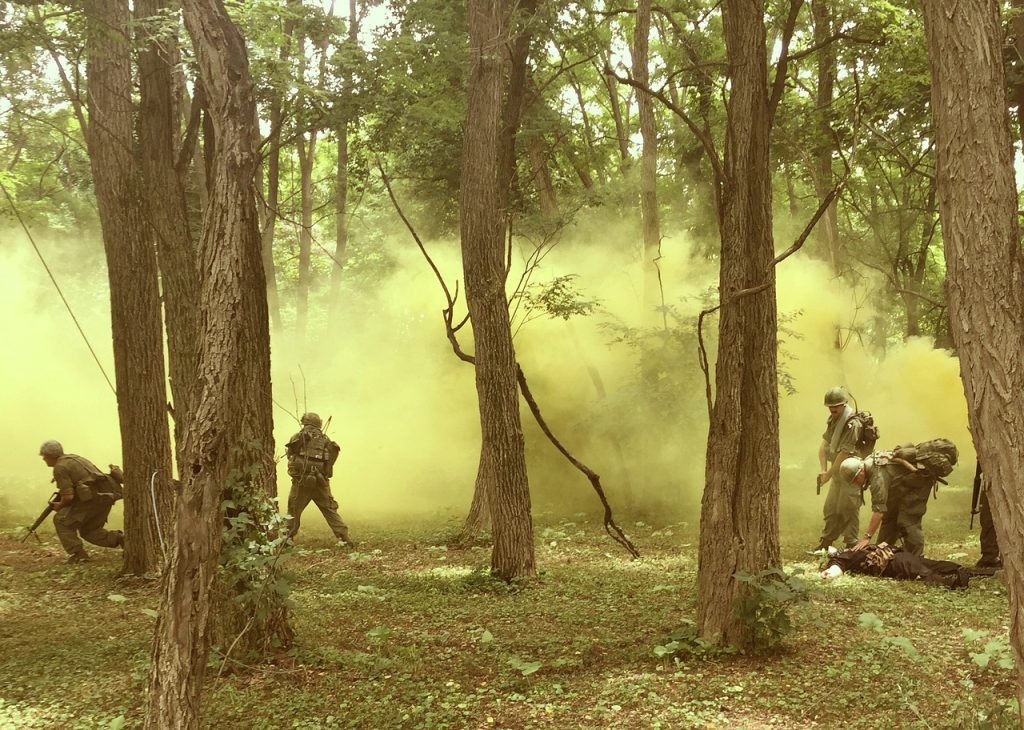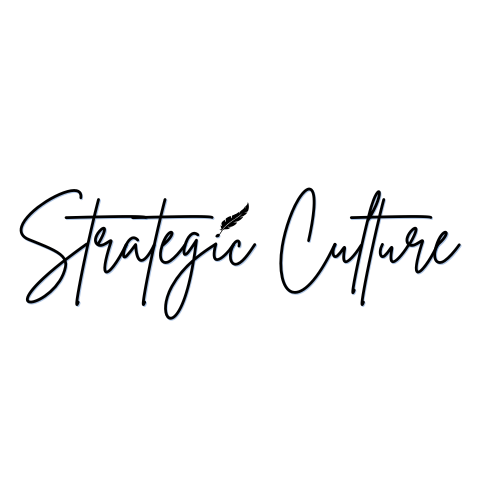10 issues the veterans face and how to solve them.
Veterans face a range of challenges as they transition to civilian life and throughout their post-service years. Below are 10 key issues veterans often encounter, along with potential solutions for each:

1. Mental Health Issues (PTSD, Anxiety, Depression)
Problem: Many veterans experience post-traumatic stress disorder (PTSD), anxiety, depression, or other mental health conditions due to their experiences during service.
Solution:
- Increase access to mental health services, including counseling and therapy, both in-person and online.
- Expand peer support programs where veterans can connect with others who have similar experiences.
- Provide education and training for veterans and their families to recognize the signs of mental health issues early.
- Encourage VA and community mental health programs to integrate more holistic treatments like mindfulness, meditation, and art therapy.
- 2. Difficulty in Transitioning to Civilian Employment
Problem: Veterans may struggle to translate their military skills into the civilian job market, leading to underemployment or unemployment.
Solution:
- Develop more programs that assist veterans in translating military experience into civilian qualifications (e.g., skill assessments, certifications).
- Increase partnerships between government agencies, corporations, and veteran-focused nonprofits to create job placement programs.
- Offer tailored job training and career mentorship programs to help veterans build new skills.
3. Lack of Affordable Housing
Problem: Veterans often face difficulty finding affordable housing, especially those with disabilities or who are homeless.
Solution:
- Expand housing vouchers and rental assistance specifically for veterans.
- Increase funding for programs that provide supportive housing for homeless veterans, such as the HUD-VASH (Housing and Urban Development-Veterans Affairs Supportive Housing) program.
- Support local and national initiatives that provide low-cost or subsidized housing options for veterans.
4. Navigating Veterans Affairs (VA) Benefits
Problem: The process for applying for and receiving VA benefits can be complex and overwhelming, leading to delays and confusion.
Solution:
- Streamline the VA claims process with clearer instructions, better digital tools, and increased support for veterans navigating paperwork.
- Increase training for VA staff to better assist veterans and speed up claim processing.
- Utilize community-based Veteran Service Organizations (VSOs) to offer free assistance in filing claims.
5. Homelessness
Problem: A significant number of veterans experience homelessness, often due to a combination of mental health issues, unemployment, and lack of affordable housing.
Solution:
- Provide wraparound services that offer veterans not only housing, but also mental health care, job training, and substance abuse rehabilitation.
- Collaborate with local governments and nonprofits to develop dedicated housing programs for homeless veterans.
- Focus on preventive measures such as affordable housing and transition assistance for veterans leaving active duty.
6. Health Care Access and Quality
Problem: Accessing quality health care, particularly for veterans with physical disabilities, chronic conditions, or those requiring specialized care, is often difficult.
Solution:
- Expand the number of VA health facilities, particularly in rural and underserved areas.
- Increase telehealth options to provide remote care for veterans who cannot easily visit VA hospitals.
- Ensure that veterans are connected with the right specialists and that wait times are reduced.
7. Disability Compensation Delays
Problem: Veterans with service-related injuries often face long delays in receiving disability compensation and benefits.
Solution:
- Implement better technology and case management systems to speed up the processing of claims.
- Hire more claims processors to reduce backlogs and ensure that veterans are not waiting months or years for their benefits.
- Provide veterans with clear timelines and regular updates on the status of their claims.
8. Substance Abuse and Addiction
Problem: Many veterans struggle with substance abuse, often as a way to cope with PTSD, depression, or physical pain from service-related injuries.
Solution:
- Increase access to substance abuse treatment programs, both in the VA system and in the private sector.
- Provide comprehensive rehab programs that integrate mental health and physical rehabilitation alongside addiction treatment.
- Create outreach programs to raise awareness about available resources and encourage veterans to seek help.
9. Social Isolation and Lack of Support Systems
Problem: Veterans may feel isolated or disconnected from civilian life, especially if they don’t have a strong support network.
Solution:
- Facilitate veteran social groups and community-building activities, both in-person and online, to foster a sense of belonging.
- Encourage employers to create veteran-friendly workplace cultures where veterans feel supported and valued.
- Partner with local organizations to host events and provide spaces for veterans to meet and build friendships.
10. Lack of Education and Training Opportunities
Problem: Many veterans may not have had the opportunity to complete their education or acquire additional skills during their military service.
Solution:
- Expand access to the GI Bill and other educational benefits, making it easier for veterans to attend college or vocational schools.
- Offer career retraining programs that align with current job market needs, especially in high-demand fields like technology, healthcare, and skilled trades.
- Provide mentorship programs to guide veterans through the process of transitioning to a civilian career.
Conclusion:
Addressing these issues requires a multi-faceted approach involving the government, local communities, private organizations, and the veterans themselves. By creating more efficient systems, offering stronger support, and fostering a culture of empathy and inclusion, we can help veterans overcome these challenges and thrive in their post-service lives.
Till next time, take care and keep shining! 👋🏽✌🏽🐝✨



Leave a Reply